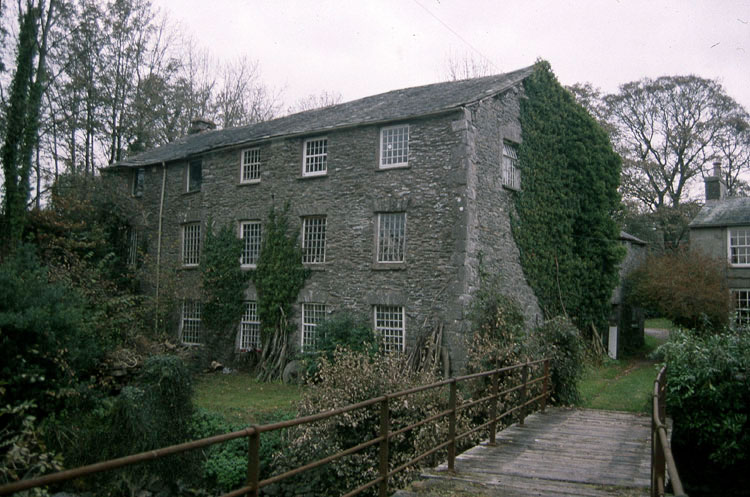
A 19th century English woolen mill.

By Megan McKinney
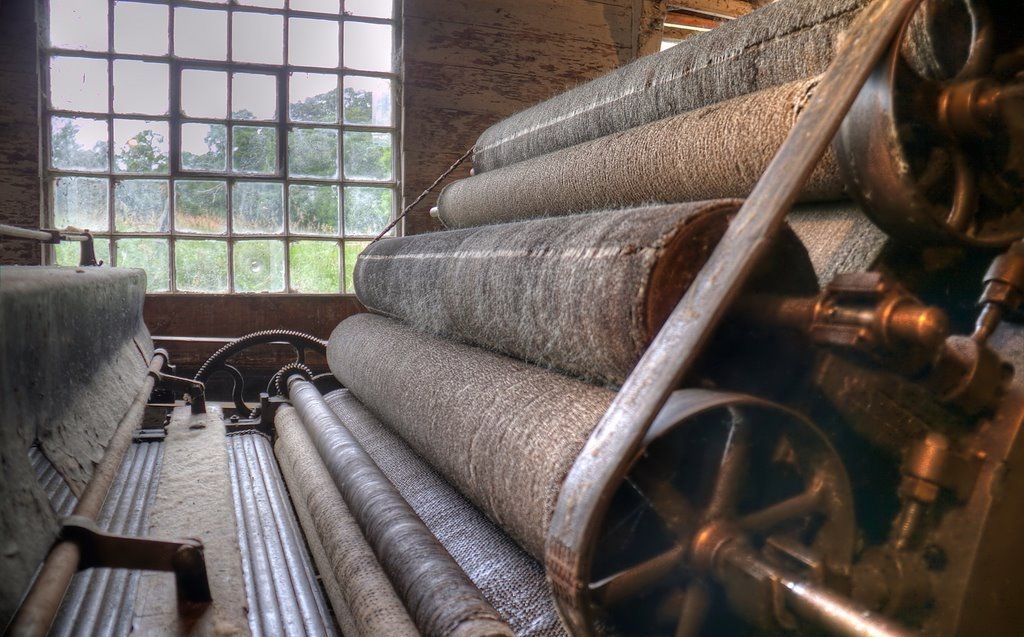
Chicago’s Winterbothams are one of the city’s great historic dynasties. Their story begins in the woolen mills of western England, both with the manufacture of the mills themselves and the weaving of fabric from sheep’s wool. It is a family connection stretching so far back that the occupation inspired the surname Winterbotham, which is Welsh for sheep shelter.
The original home of the dynasty that today we associate with superb interior design and the collection of fine art was Cheshire, one of England’s most beautiful counties, on the border of Wales, amid shepherds and weavers.

The lovely county of Cheshire.
Our Chicago dynasty members are all descendants of John Winterbotham who was born in Oldham, Lancashire, England in 1720, and his wife, the former Elizabeth Hyett, of Cheltenham, Gloucestershire. John and Elizabeth moved to the Aldgate section of London and in 1763 became parents of the boy who grew to be the Rev. William Winterbotham, a prominent Baptist minister of London.
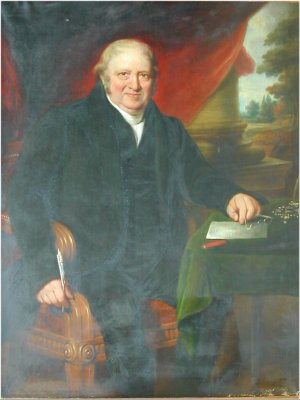
Rev. William Winterbotham
The Rev. Winterbotham was best known for two interconnecting factors: the four years he spent as a political prisoner and two books written during the time of his imprisonment. He was incarcerated in Newgate Prison in 1793 for expressing views in his sermons that were “too liberal.” The books he used the solitary time to create were An Historical, Geographical and Philosophical View of the Chinese Empire and the four volume An Historical, Geographical, Commercial, and Philosophical View of the American United States. More than two centuries later you can click amazon.com and order these volumes in hardcover or paperback.
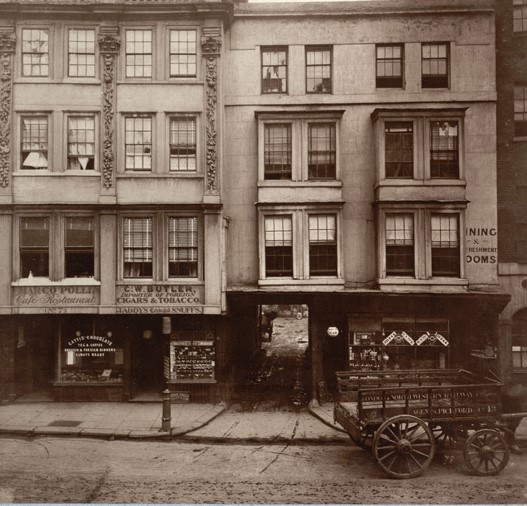
A view of London’s Aldgate section in the late 1700s.

Another famous Winterbotham writer within the family and believed to be Rev. William’s granddaughter, was Ann Sophia Winterbotham, who through marriage to an Edward Stephens became novelist and magazine editor Ann S. Stephens.
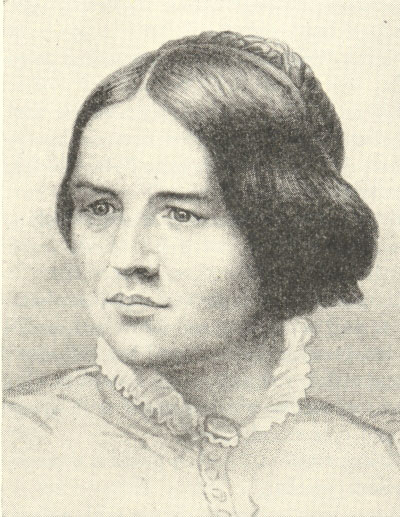
Ann S. Stephens was born in Humphreysville, Connecticut in 1813 and died at 56 in Newport, Rhode Island.
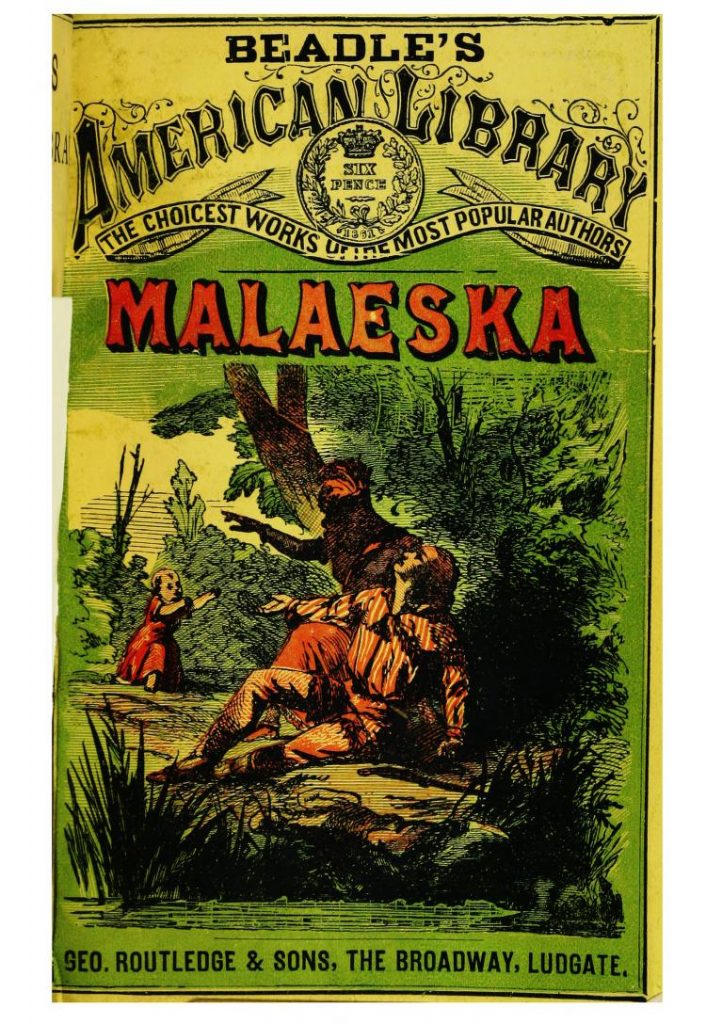 In the interim, she also wrote under the name Jonathan Slick and invented the “dime novel” genre with Malaeska, the Indian Wife of the White Hunter. Below is the daring dime novel innovator Ann S. Stephens AKA Jonathan Slick as she appeared later in life—at 56 years of age or less. It is an image to remember any time we might wish to be living in an earlier, gentler, time.
In the interim, she also wrote under the name Jonathan Slick and invented the “dime novel” genre with Malaeska, the Indian Wife of the White Hunter. Below is the daring dime novel innovator Ann S. Stephens AKA Jonathan Slick as she appeared later in life—at 56 years of age or less. It is an image to remember any time we might wish to be living in an earlier, gentler, time.
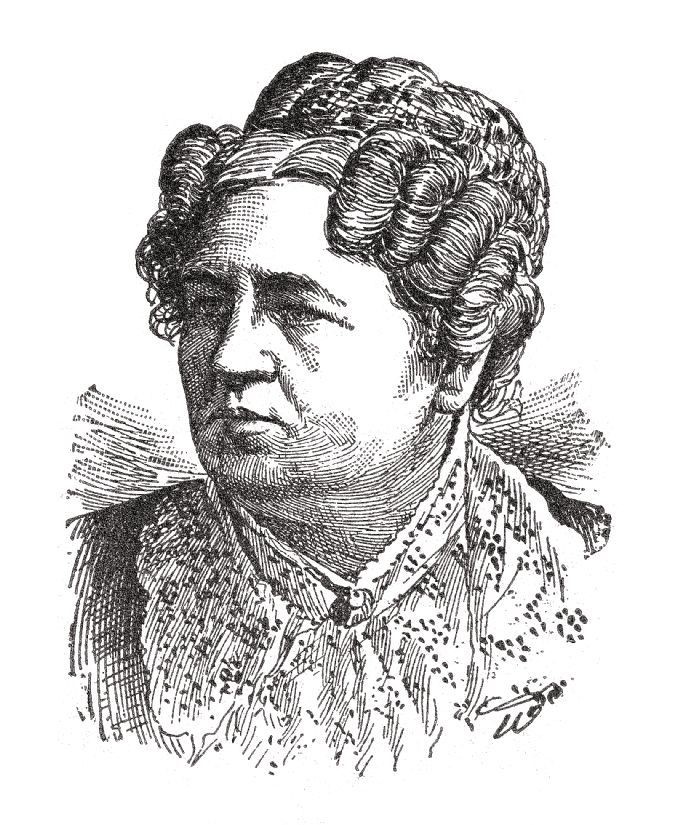 The first American John Winterbotham was the Rev. William’s younger brother, born in 1765. He married Rachel Ann Wrigley of Northampton, England. Rachel was twenty years his junior; therefore, John was middle aged and a seasoned producer of high-end woolens when the couple arrived in America in 1810. Their son, John Humphrey Winterbotham, was born in Connecticut two years later.
The first American John Winterbotham was the Rev. William’s younger brother, born in 1765. He married Rachel Ann Wrigley of Northampton, England. Rachel was twenty years his junior; therefore, John was middle aged and a seasoned producer of high-end woolens when the couple arrived in America in 1810. Their son, John Humphrey Winterbotham, was born in Connecticut two years later.
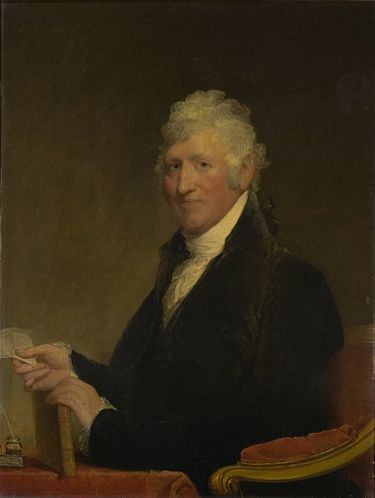
David Humphreys.
It was a dramatic New World arrival for the Winterbotham dynasty. Rather than the usual humble steerage scenario, woolen mill specialist John had been smuggled out of his own country because England did not want to lose its top artisans. Furthermore, the “smuggler” was the distinguished American Revolutionary War colonel and diplomat David Humphreys, whose purpose was to engage the talented Winterbotham to be his partner in a firm he established in Derby, Connecticut. Colonel Humphreys’ effort was not unrewarded; John Winterbotham “devoted all his energies, as a junior partner and active business manager, to the success of a firm which established the first important manufacturing of broadcloth in New England.”
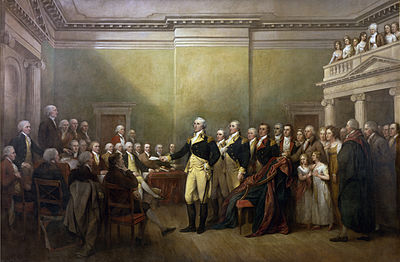
Revolutionary War colonel and diplomat David Humphreys is the tall man in a similar uniform standing behind George Washington in this John Trumbull painting.
Following the death of Colonel Humphreys in 1818, John Winterbotham bought a Connecticut factory of his own and continued successfully for another decade until reverses resulting from “the confused and disastrous legislation of 1827-28” destroyed it. At 58, John began all over again, this time as a farmer in Ohio. The son who had been born shortly after John and Rachel arrived in America, John Humphrey Winterbotham, was now 14 and able to pitch in with considerable energy to help his father create the Ohio farm. Forested land was cleared, a house and outbuildings were constructed, and the textile manufacturing artisan became a reasonably successful midwestern farmer.
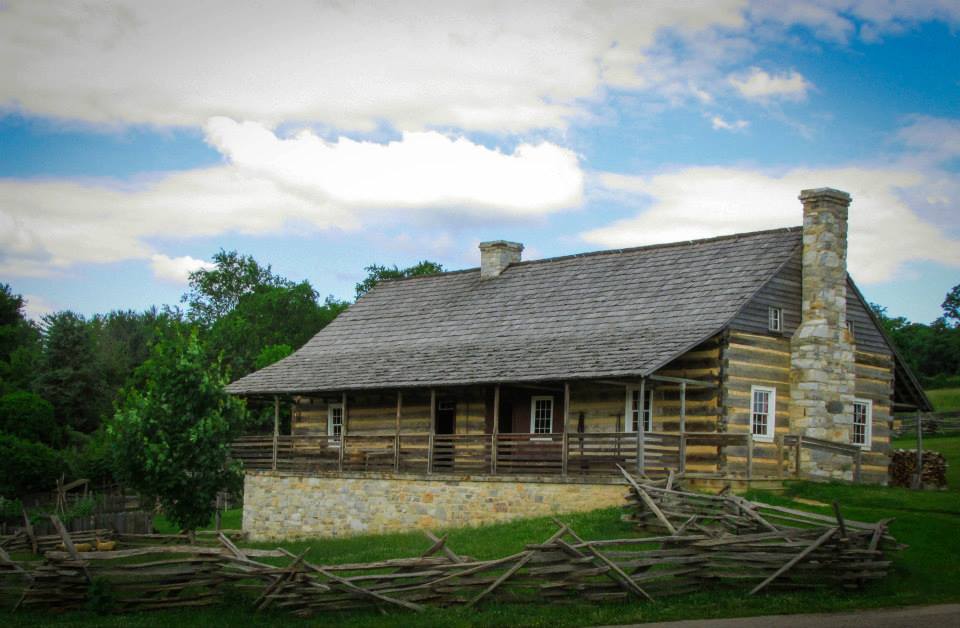 An Ohio farm of the 1800’s.
An Ohio farm of the 1800’s.
The next segment of Classic Chicago Publisher Megan McKinney’s series on The Winterbothams will view the dynasty as it moves toward and into Chicago, gaining prominence along the way.
Edited by Amanda K. O’Brien
Author Photo: Robert F. Carl







